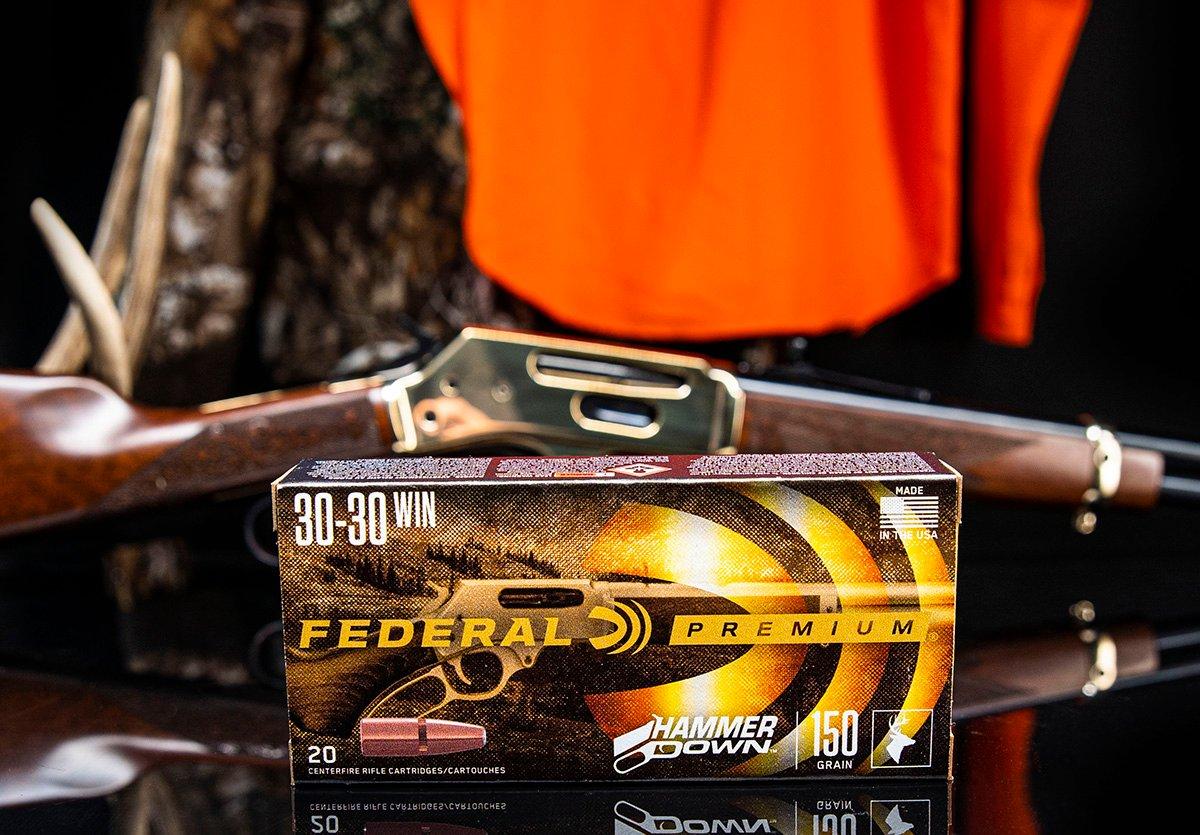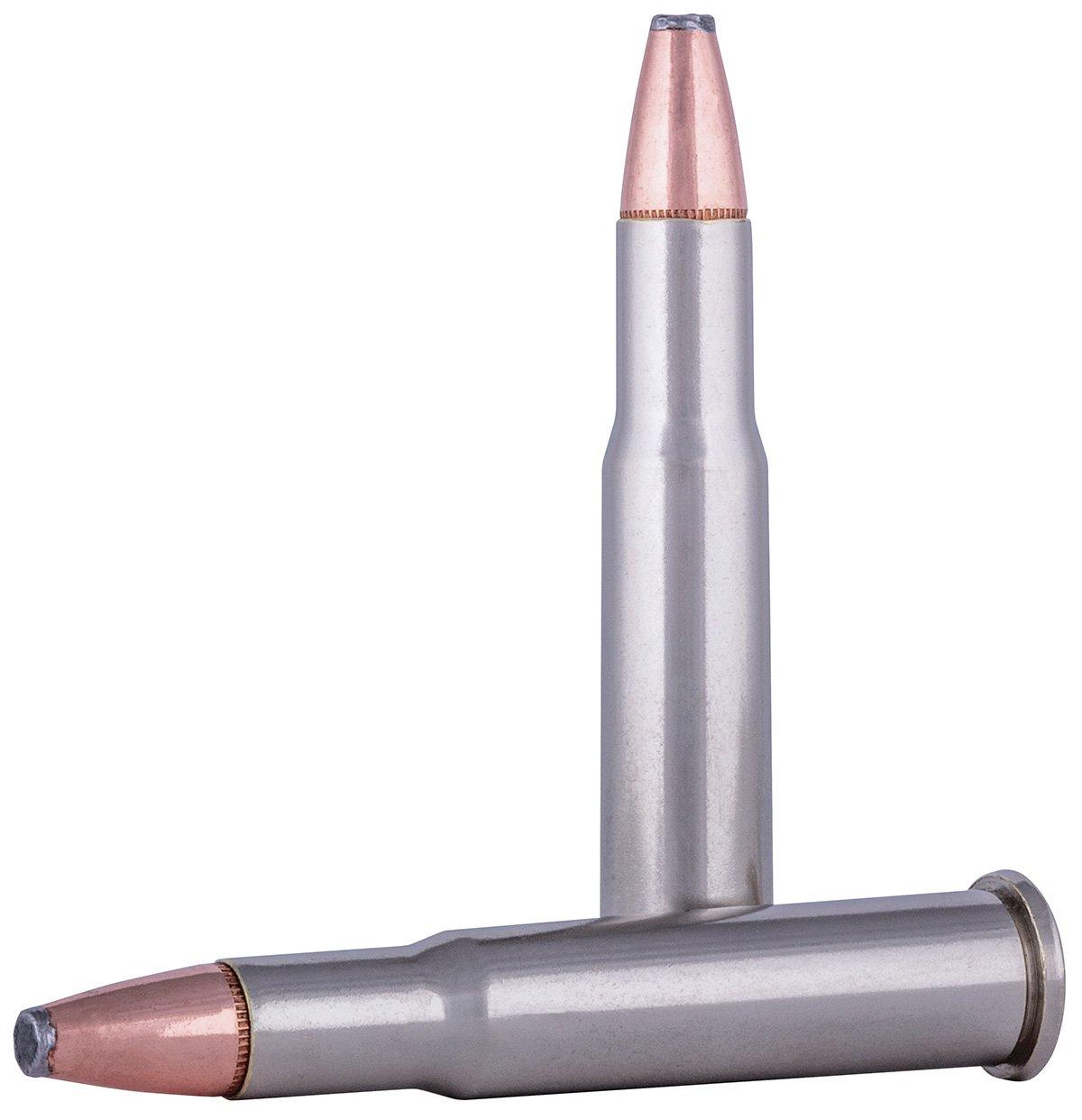Google .30-30 for deer hunting and up pops a million links that you can click on for information.
Click the first one and you’ll read something like:
The .30-30 rifle has arguably killed more whitetail deer than any other single cartridge … with the round’s popularity still quite high, it’s doubtful it will be unseated any time soon.
Scroll down to the thousandth or hundred thousandth link, and although the wording will be a little different, you’ll get the same general message.
The old saw was likely created by some crusty gun scribe 40 or 50 years ago, and has been perpetuated ever since not only by modern writers but also everyday deer hunters around a campfire:
The .270 and .30-06 are okay, but the good old .30-30 has killed more deer than any of ’em!
Is it true?
History of the .30-30
Introduced by Winchester Repeating Arms in 1895 as the main chambering for its Model 1894 rifle, the .30-30 was the first sporting cartridge loaded with smokeless powder. The original .30-30 Winchester load featured a 160-grain bullet driven at almost 2,000 feet per second, a huge step up in performance as compared with the black powder cartridges of the day.
It didn’t take long for hunters across America to fall in love with this revolutionary rifle/cartridge combo, which shot flat and hit and dropped game hard. The .30-30 quickly became the go-to for deer and bear at short to moderate range.
In the 20th century, Marlin Firearms began chambering lever-action rifles in .30-30, and in 1948 the gunmaker introduced the venerable Model 336, which fueled a boom in .30-30 popularity that peaked in the 1970s and 1980s, and one that hums along to this day.
While a modern .30-30 rifle shoots a 150-grain bullet flat and accurate enough out to 150 yards, and imparts plenty of foot-pounds of energy to hammer a buck on the spot, it does so with negligible recoil. A Winchester 94 or Marlin 336 is short, lightweight, easy to carry, and fast-handling. New levers are drilled and tapped for scope mounting. No wonder deer hunters, especially those east of the Mississippi, still love them.
Gun and Ammo Sales
Some 7.5 million Winchester Model 94s in .30-30 have been sold over the years, making it one of the most prolific firearms of all time. By 1983, during the heyday years of the Marlin 336, an estimated 3.5 million to 4 million of those .30-30 rifles had been produced and sold. Tack on tens of thousands more Model 336s sold during the last 40 years and the ongoing popularity of the rifle is evident.
Vista Outdoor, which manufactures both Federal and Remington ammunition, reports that .30-30 ammo is still a big-volume item. The cartridge consistently ranks in or near the top 10 in annual ammo sales due to the sheer number of lever-action rifles out there and still in use.
The Verdict
All this is cool and nostalgic, but let’s get down to the nitty-gritty: Has the .30-30 really killed more deer than any rifle cartridge ever?
I can’t prove it — nobody can — but I believe it and here’s why.
While rounds like the .270, .308, and .30-06 have felled more whitetails than the .30-30 this century and over the past 30 years for that matter, you’ve got to remember that the .30-30 has been around and dropping deer for 125 years.
Twenty-five years before the .270 was introduced, meat hunters were killing game with the .30-30. The .308 was not introduced until 1952, so it is not even in the game.
The .30-06, introduced 15 years after the .30-30, is probably second on the list of deer slayers, but not nearly as many semi-auto and bolt-action rifles have been chambered for it, as compared with levers built for .30-30. The ’06 has much more recoil, and that has put a lot of hunters off. For years, many brush hunters in the Northeast and South have believed the .30-06 is way too much gun for whitetails. To me, all this translates to fewer deer killed with the ’06 than the .30-30.
My story and I’m sticking to it: The .30-30 is still No. 1. Think I’ll go out and shoot a deer this fall with the scarred old Model 94 my dad gave me more than 50 years ago. Might as well add another one to the tally.










